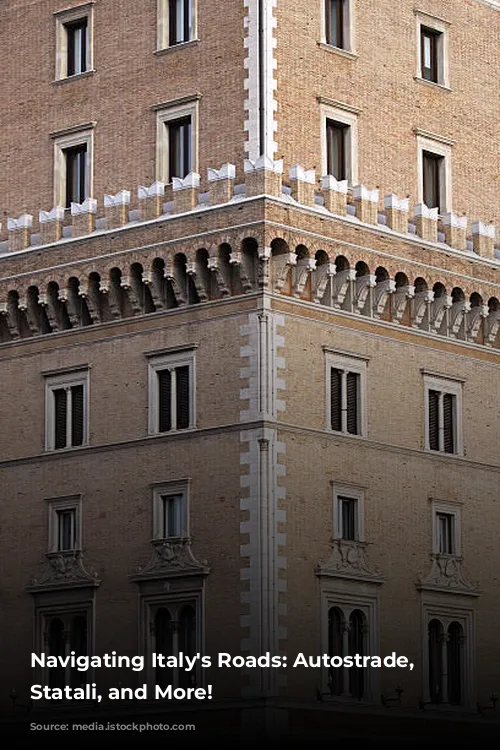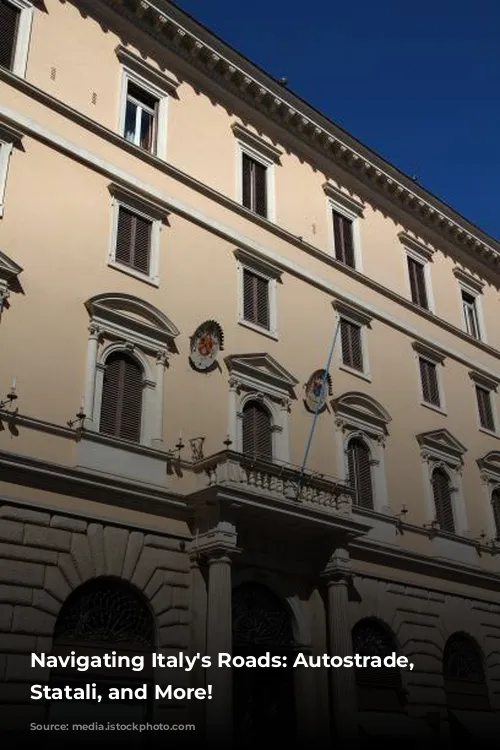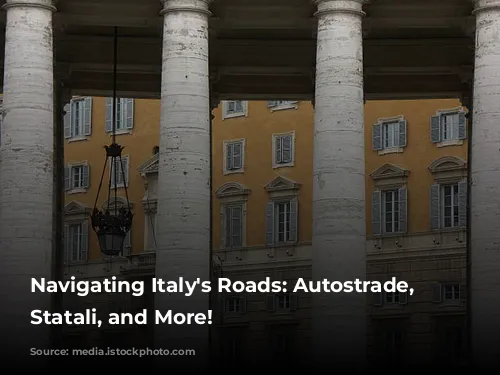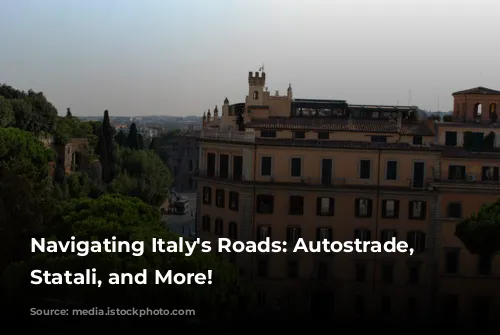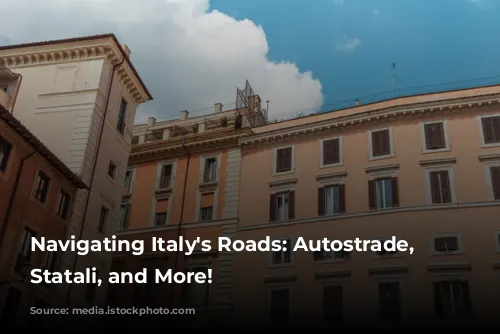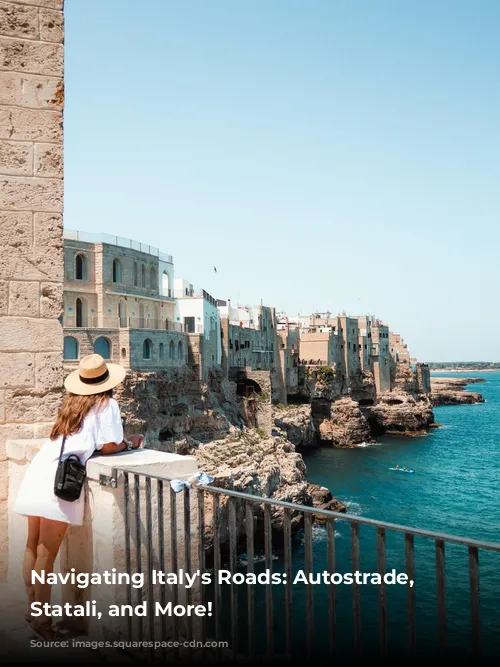Planning a road trip through Southern Italy? You’ll encounter a variety of road types, each with its own unique characteristics. Understanding these differences is crucial for a smooth and enjoyable journey.
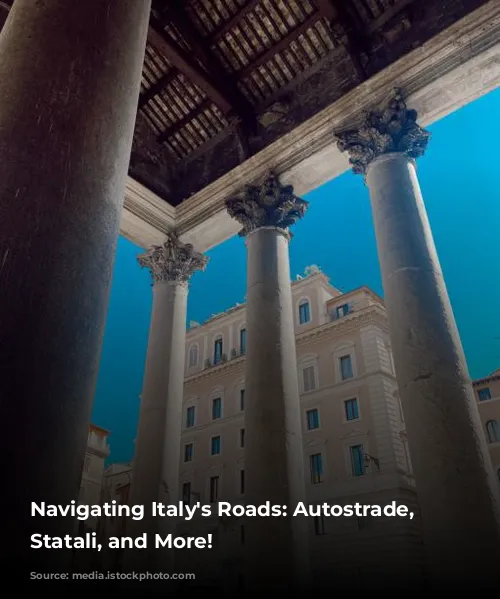
Autostrade: The Fast Lane
Let’s start with the Autostrade – think of them as Italy’s version of the German Autobahn, British Motorways, or American Freeways. They’re multi-lane highways designed for speed and efficiency. On our itinerary, you’ll encounter the A18 heading south on the Messina-Taormina (tolled) and Taormina-Noto (tolled to Catania only) legs. You’ll also drive on the A2 heading south on the Puglia-Tropea and Tropea-Villa San Giovanni legs (toll-free).
While these highways offer a swift and comfortable driving experience, they come with a price tag. You’ll need to pay a toll at designated booths, often equipped for both those needing tickets and locals with a Telepass. Don’t worry if you’re not familiar with Telepass. Just look for the white signage displaying “biglietto” – that’s your queue!
Payment options at the toll booths usually include credit cards and cash. Keep your eyes peeled for the signage to know which booth to choose. Blue signage with a card symbol indicates an automated booth for credit cards, while white signage with a note and coin symbol is for cash payment. A white sign with a hand holding a note and coin indicates a staffed booth accepting cash and typically credit cards as well. Just be mindful of yellow signage, as those booths are exclusively for Telepass users.
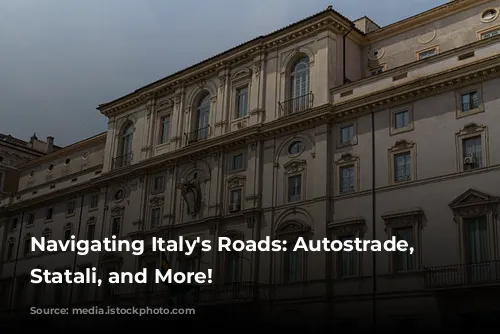
The Pros and Cons of Autostrade
Autostrade in Southern Italy boast several advantages. They’re multi-lane, well-signposted, generally in good condition, and usually the most efficient way to get around. However, there are also some drawbacks.
Firstly, they’re typically tolled, which can add up over time. Secondly, while they offer a convenient way to travel, they can be a bit of a detour if you want to experience the charm of smaller, picturesque villages along the way. Lastly, be aware of potential lane closures for roadworks, which can last for extended periods of time. Additionally, while they’re usually well-lit at night, especially near entry and exit points, some sections can be poorly lit.
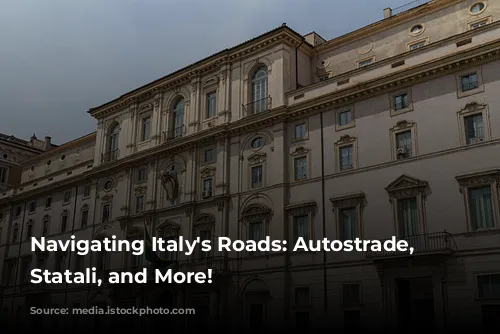
Strade Statali: The Scenic Route
Strade Statali (SS), or State Highways, are the main highway routes outside of the Autostrade. They cover longer distances and connect key locations. These roads can be single or dual carriageways and often run alongside Autostrade. However, unlike Autostrade, SS roads meander through cities, towns, and villages, offering a more intimate and authentic experience.
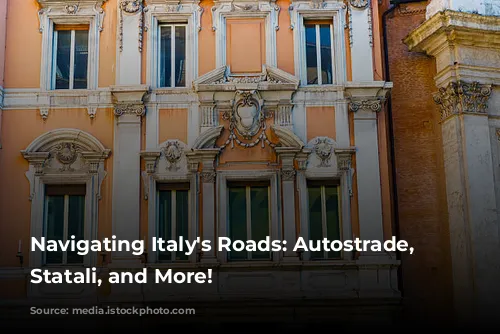
The Pros and Cons of Strade Statali
The biggest advantage of SS roads is that they’re toll-free, a welcome relief for budget-conscious travelers. They’re also usually dual carriageways or have a shoulder or passing bays, allowing for smoother driving.
However, they also have their downsides. The road conditions can be less than ideal, with more potholes and inconsistent road markings compared to Autostrade.
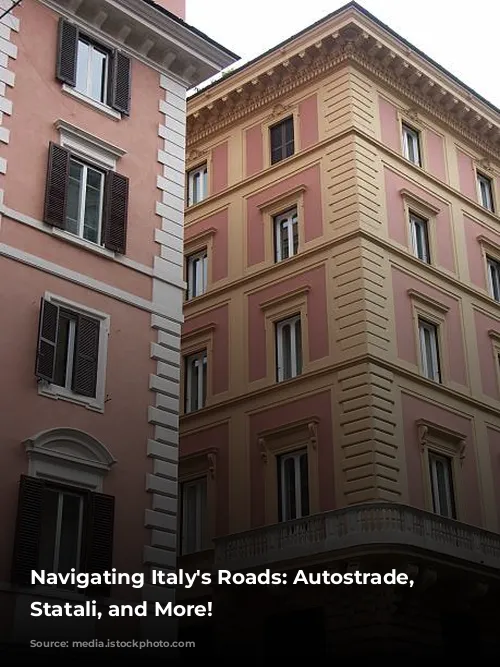
Strade Regionale & Strade Provinciale: The Local Connection
Strade Regionale (SR), or Regional Roads, and Strade Provinciale (SP), or Provincial Roads, are smaller roads that connect towns and villages within a specific region or province. They often serve as alternative routes to the SS roads.
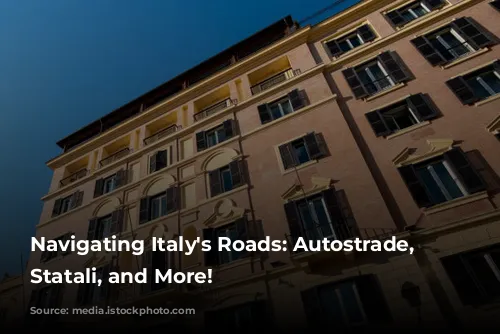
The Pros and Cons of Strade Regionale & Strade Provinciale
These smaller roads can be a great way to discover hidden gems and experience the local flavor of Southern Italy. They’re usually less busy than the SS routes, making for a more relaxing drive. However, they can also be narrow, poorly marked, and lack a center line, which can be challenging for drivers unfamiliar with this type of road.
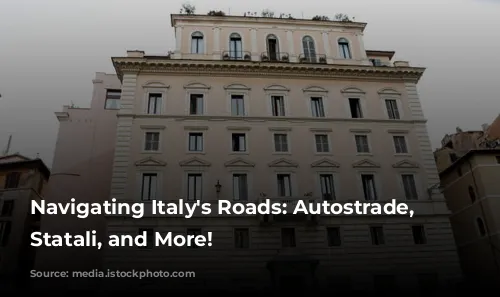
Enjoy the Journey
Whether you opt for the fast-paced Autostrade, the scenic Strade Statali, or the charming local roads, remember to enjoy the journey. Take your time, appreciate the views, and savor the unique flavors of Southern Italy. Safe travels!
